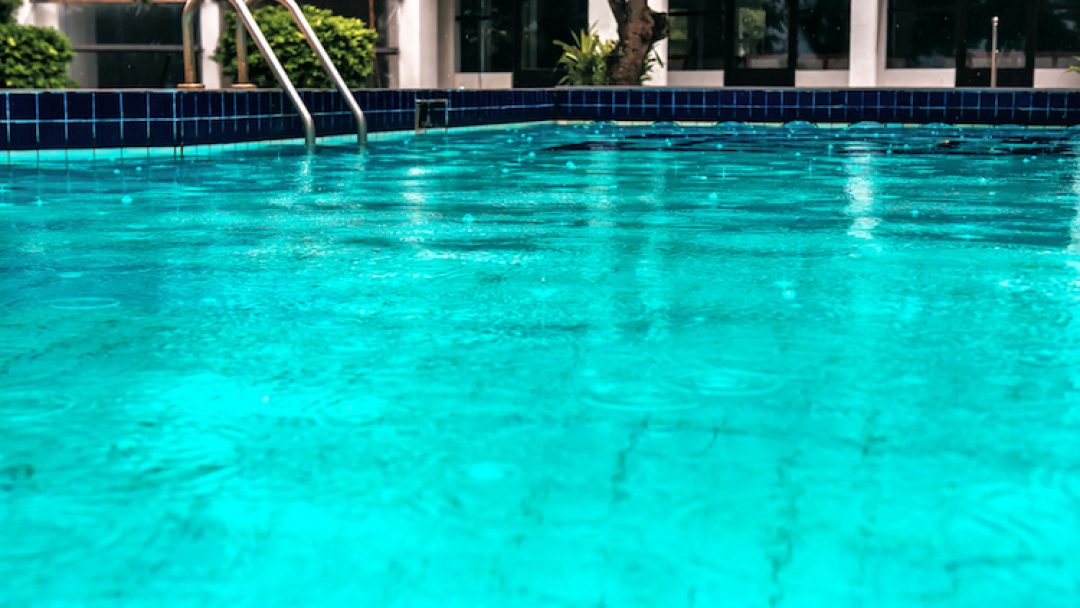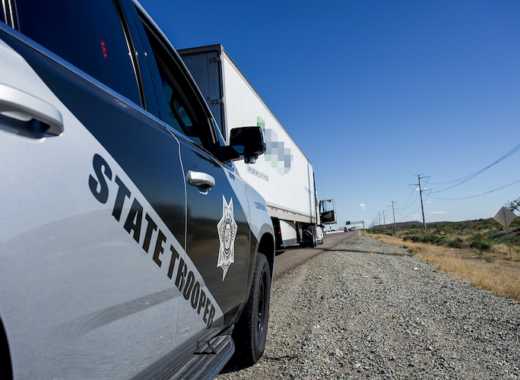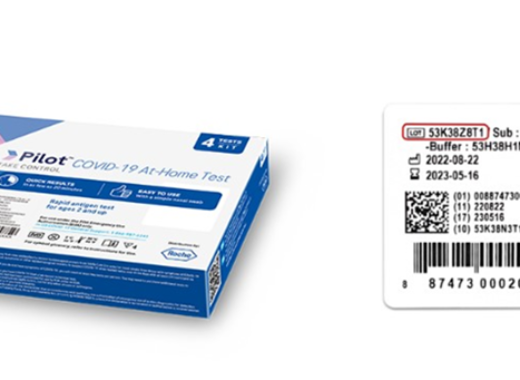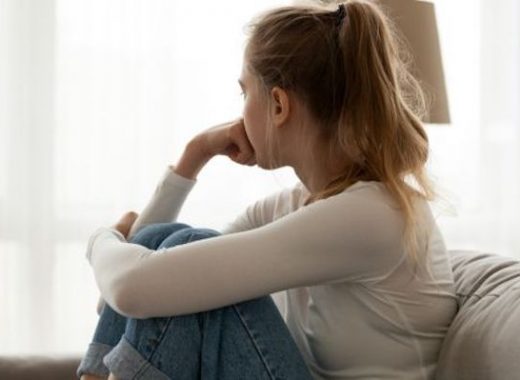Arizona saw a lot of rain over the weekend. And for many homeowners with pool this can bring a major, multi-day clean up.
Water from storms bring junk, dirt, oil, bacteria and more that end up in your pool. Pool experts say to not wait to clean out the debris because it could leave to damage for your pool equipment and likelihood of swimming in dirty water.
Let’s face it, cleaning your swimming pool after a storm can be annoying. Experts say the longer you wait to clean your pool after a storm, the worse the conditions are going to get, and the harder the process will be.
In many cases, pool owners might feel overwhelmed by the damage done to their house and pool. Sometimes, they don’t even know where to begin. Below is a detailed checklist that pool owners can use to clean their swimming pools after a heavy storm.
1. Remove Debris
The first step is to remove all the debris from your pool. It is recommended to not use your bare hands to remove debris. The concern is you don’t know which type of bacteria might be living in your water.
It is recommended that you use waterproof gloves before dipping your hands in. After the large debris has been removed, make sure the skimmer and pump baskets are free of debris.
2. Contact Your Pool Professional
If you have pool professional that takes care of your pool, contact them to see when their earliest appointment is. They will be busy, so initializing an appointment as soon as possible is key. Having the trained professional address your pool’s needs as soon as they can is important and can prevent a lot of issues.
While you wait for the appointment, ask for any recommendations they may have for your pool. They may have good tips or suggestions on what you can do, while you wait for their treatment.
3. Turn Power OFF
If you haven’t already done so, make sure you turn the power OFF at your equipment. Breakers can trip during storms and heavy rain. If this happens, reset the breakers. Ensure your pool equipment is operable.
If your breaker does not reset, call a professional. GFCIs are quite sensitive to moisture so if your breaker trips after a storm. The alternative is letting the sun work its magic a day or two to see if that resolves the issue.
If it’s not summertime, you can probably just leave the pump off for a day. In the summertime, you may have a day or two without your pump running, however, if your pump is completely off, your pool will require extra chlorine (shock) and manual circulation with a pole a few times a day.
4. Clean & Backwash Filter
The filtering process is critical while you’re balancing and maintaining your pool. Any size storm can bring large amounts of bacteria, dust, and pollen into your pool. Before running your filter, it will probably need a good cleaning or backwashing.
5. Brush & Vacuum
It is time to rid your pool of dirt and debris at the bottom of the pool. Start cleaning by vacuuming any excess dirt lying on your pool’s floor. Get that automatic cleaner fired up if you have one.
It is recommended that if your pool allows you to vacuum directly to waste, it is advised to do that instead of running the dirt through your filter. Vacuuming directly to waste will save your filter from clogging. However, if you cannot vacuum to waste, pay close attention to your filter’s pressure gauge. Once the pressure is too high, you want to backwash to clean your filter manually.
Lastly, you will need to spend some time brushing your pool walls. Try and remove as much dirt and bacteria as possible.
6. Test Your Pool Water
Testing your water is a crucial step towards balancing your pool. There are at home kits home owners can purchase as well as local pool stores that offer free testing.
7. Chlorinate
Now it is time to chlorinate. You will need to add chlorine to your pool is chlorine and probably lots of it. Shocking the pool stops algal blooms or any other bacteria from forming. Depending on how bad your pool levels are, you want to shock your pool two to three times the normal amount.
8. Balance Your Water Chemistry
Once your chlorine levels are level, you can begin to balance your other chemicals. Adjust your total alkalinity, pH, and CYA levels accordingly. It is important to continue testing and filtering your pool as you go.
Common Mistakes to Avoid
-Do not drain your pool especially in wet soil.
-Do not continue to run your pump without paying attention to the filter and skimmer.
-Do not turn on your pool equipment without first checking electrical systems and components.
-Only use your pool cleaner after you have removed all of the larger debris, you can clog your cleaner otherwise.
Good luck and happy cleaning!








